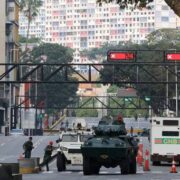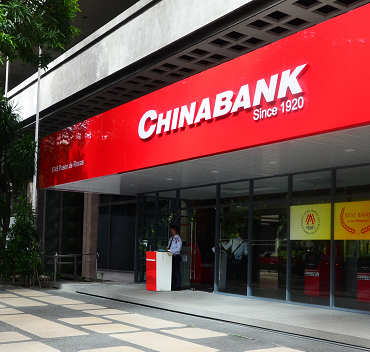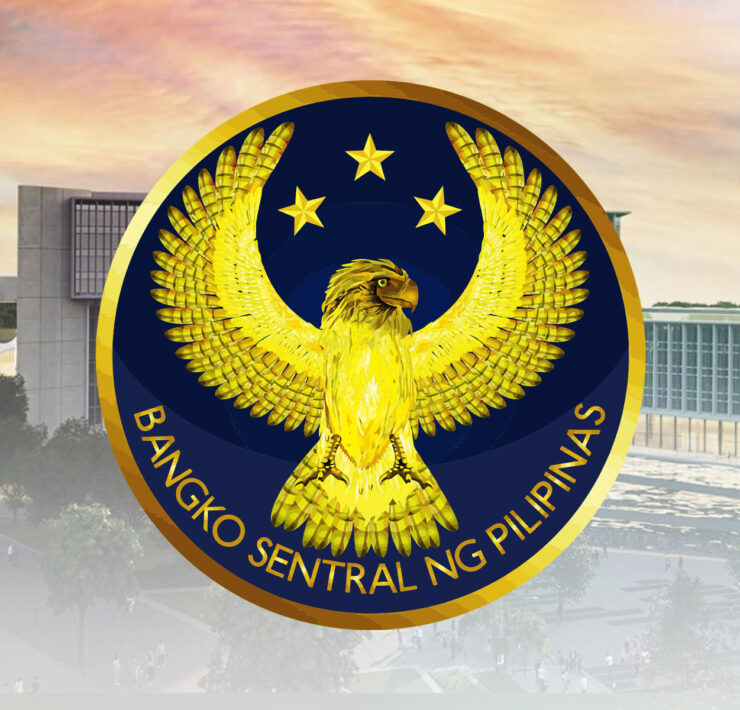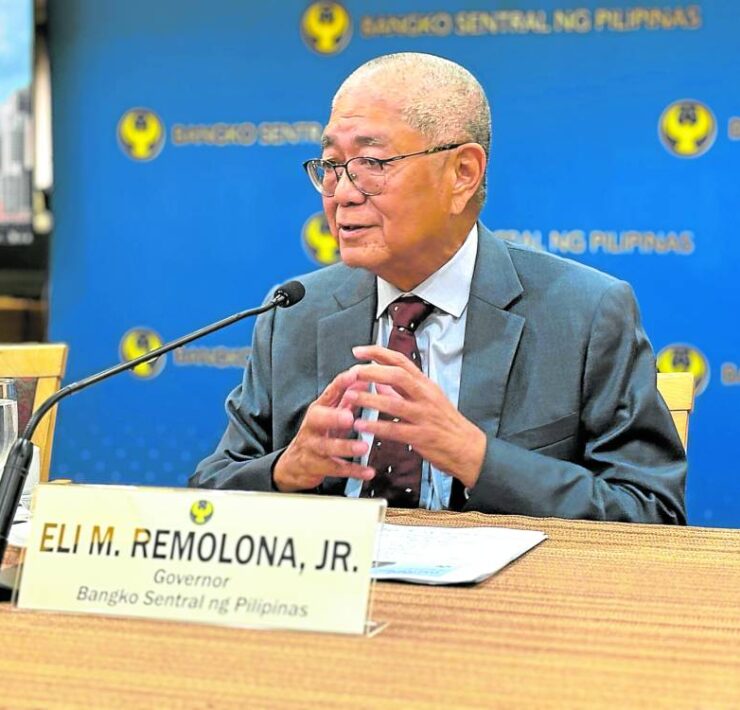After 3 years, BSP ready to entertain more digital banks
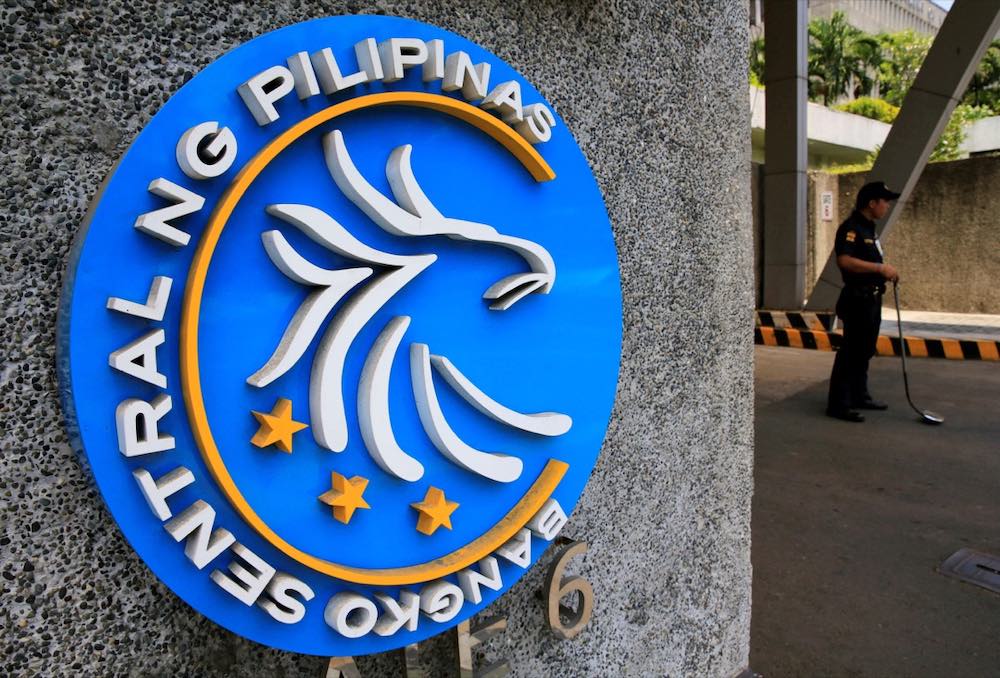
The Bangko Sentral ng Pilipinas (BSP) will resume accepting applications for digital banking licenses in the country after three years, a move that would open up the nascent industry to more players as it navigates the path to profitability.
It is still unclear how many digital banking slots would be up for grabs to prospective players, but BSP Governor Eli Remolona Jr. told the Inquirer that a circular on this matter will be released “soon.”
The decision to welcome new digital banks was a product of the BSP’s initial assessment of the incumbent players, which so far include UNO Digital Bank, UnionDigital Bank, GoTyme, Overseas Filipino Bank of state-run Land Bank of the Philippines, Tonik Digital Bank, and Maya Bank. The central bank earlier said an industry report will be published this year.
Remolona previously said “quite a few are interested” in joining the local digital banking sector, adding that these companies “can’t wait for us to open it up.”
In 2021, the BSP imposed a three-year moratorium on applications for digital banking permits to give the regulator enough time to monitor the performance of this new breed of lenders and their impact on the financial system.
Digital banks mainly leverage mobile technology and artificial intelligence (AI) to serve unbanked Filipinos with largely untested credit profiles.
Last March, the BSP said only two of the six digital banks in the country were profitable, adding that it would take about five to seven years before a digital bank becomes profitable. Today, only 5 percent of digital banks globally are profitable, the central bank said.
The BSP said the sector’s struggle to turn profitable stemmed from their lending activities.
Latest BSP data showed P4.9 billion of digital banks’ total loan portfolio in May were considered non-performing—or more than 90 days late on a payment. That translated to a gross non-performing loan (NPL) ratio of 20.64 percent, up from the preceding month’s ratio of 17.69 percent.
The bad debts ratio for digital banks in May was also larger than the 3.57 percent NPL ratio recorded for the entire local banking industry, which is mostly composed of traditional banks that mainly provide loans to affluent segments with tested credit profiles.
That problem is forcing digital banks to set aside a hefty amount of their capital as a buffer against losses from unpaid loans instead of using the money for new lending activities. In turn, the very high provisioning is adding to digital banks’ already elevated expenditures.
But beyond problems with NPLs and profitability, digital lenders are nevertheless seen doing a great job in raising deposits, a major lifeline for banks.
Data from the Digital Bank Association of the Philippines (DiBA PH), an industry group, showed that the sector posted a 27-percent growth in their depositor base between September and December last year, significantly higher than the 4-percent overall growth of the banking system. This has elevated the total digital banking depositor base to 5.9 million by the end of 2023.



